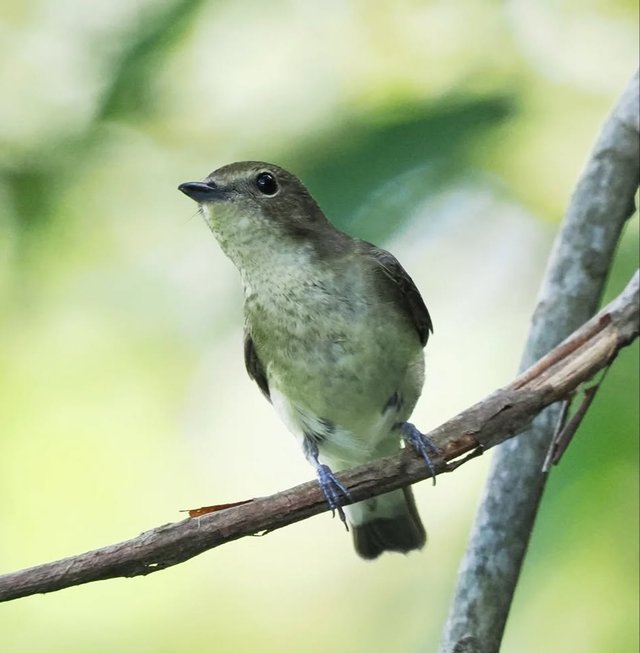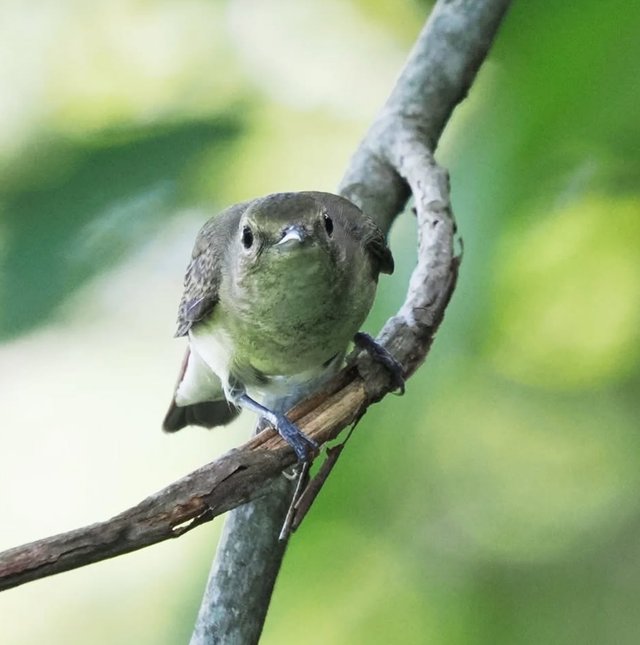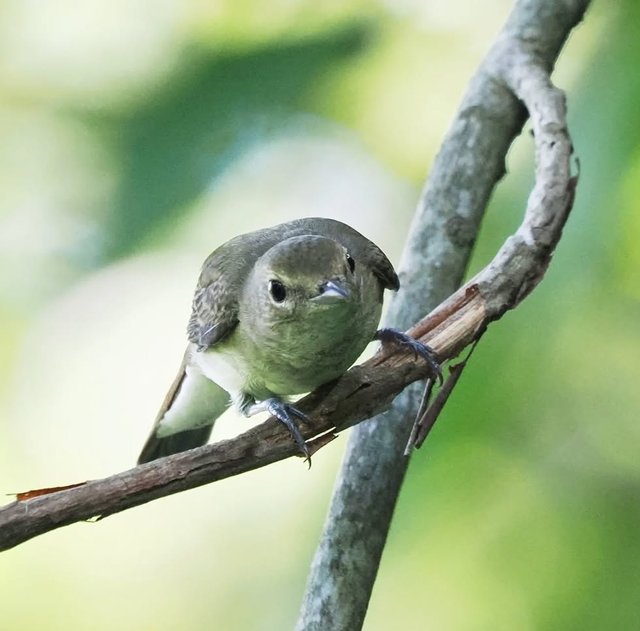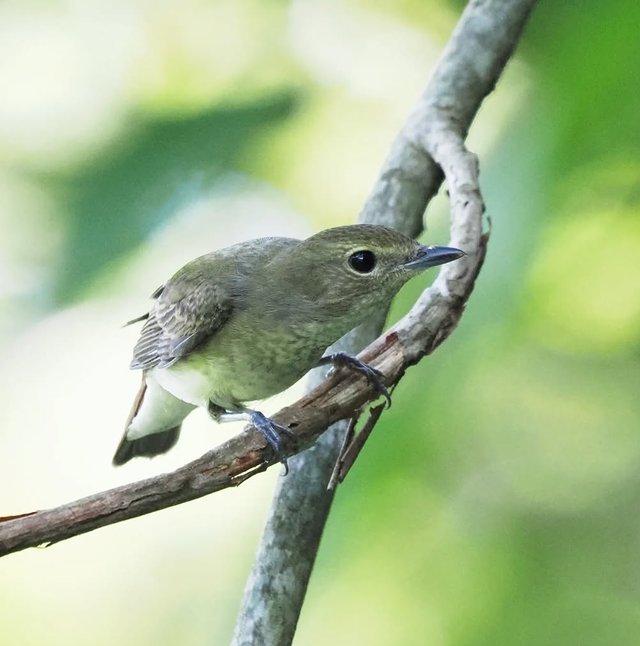So Cute Plain Flowerpecker Bird
The Plain Flowerpecker is a tiny, inconspicuous bird that might not draw immediate attention with its simple appearance, but it plays an important role in the ecosystems it inhabits. Found across parts of South and Southeast Asia, this bird is a member of the flowerpecker family, which is known for its close association with flowers, nectar, and small fruits. Despite its understated plumage, the Plain Flowerpecker is a fascinating species that demonstrates the delicate balance between birds and plants.
Appearance and Identification
True to its name, the Plain Flowerpecker has a rather modest look compared to many of its more colorful relatives. It is one of the smallest birds in the region, measuring only around 8–9 cm in length. Its plumage is primarily a dull grayish-olive above and paler gray or whitish underneath, lacking the bright reds, blues, or yellows that make other flowerpeckers more striking. The bill is short, straight, and slightly hooked at the tip—perfectly adapted for feeding on fruits and nectar. Its tiny size and quick, darting movements often make it more noticeable by sound than by sight.
Range and Habitat
The Plain Flowerpecker is widely distributed across the Indian subcontinent, parts of China, Myanmar, Thailand, Laos, and Vietnam. It thrives in a variety of habitats including open woodlands, gardens, plantations, orchards, and even urban areas with sufficient greenery. Because of its adaptability, it is often found flitting among ornamental plants and flowering trees close to human settlements.
Diet and Feeding Behavior
One of the most important roles of the Plain Flowerpecker is its interaction with plants, especially through feeding. It primarily consumes:
Nectar – helping with pollination, although less efficiently than sunbirds.
Small fruits and berries – especially mistletoe berries, which it swallows whole.
Insects and small invertebrates – supplementing its diet, especially during breeding.
The bird is particularly famous for spreading mistletoe seeds. After swallowing the fruit, it excretes the sticky seeds on branches, where they can germinate and grow into new plants. In this way, the Plain Flowerpecker acts as a crucial seed disperser, maintaining the cycle of mistletoe and other small-fruited plants.




%20(10).jpeg)